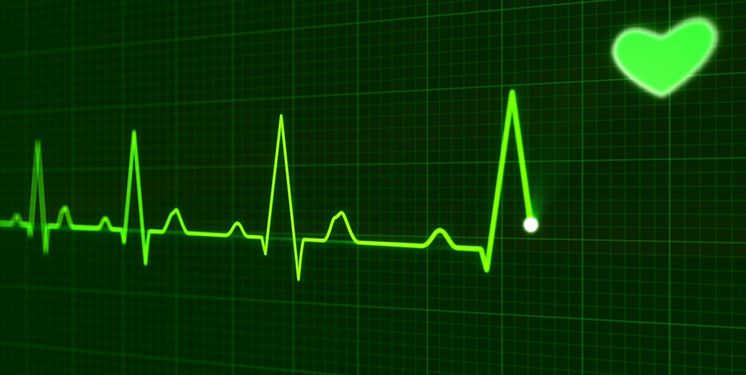ElectroCardioGraphy (ECG) & Heart Rate (HR)
Electrocardiography (ECG) is an electrophysiological monitoring method to record electrical activity related to the cardiac contractions. Between the several parameters and measures of the ECG signal, an interesting measure is that related to the frequency of cardiac contractions, named Heart Rate (HR) and measured in beats per minute (bpm).
The Heart rate can vary according to the body's physical needs, including the need to absorb oxygen and excrete carbon dioxide.
It is usually equal to the pulse measured at any human body peripheral point. Activities that can provoke change include physical exercise, sleep, anxiety, stress, illness, and ingestion of drugs.
The normal resting adult human Heart Rate ranges from 60–100 bpm. Tachycardia is a fast Heart Rate, defined as above 100 bpm at rest. Bradycardia is a slow Heart Rate, defined as below 60 bpm at rest. During sleep a slow heartbeat with rates around 40–50 bpm is common and is considered normal. When the heart is not beating in a regular pattern, this is referred to as an arrhythmia. These abnormalities of heart rate sometimes indicate disease.
Besides such clinical applications, psychophysiological studies highlighted the relationship between the Heart Rate variations and the human emotional reactions. In fact, Heart Rate is regulated by the Autonomic Nervous System (ANS). In particular, positive emotions elicitate the reaction of the Sympathetic branch (SNS) of the autonomic nervous system, reflected by an Heart Rate increasing with respect to the subjective baseline. On the contrary, negative emotions elicitate the reaction of the Parasympathetic branch (PNS), with a consequently decreasing of the Heart Rate.
Additional studies highlighted the relationship between HR signal and some mental states, such as stress, focal attention, drowsiness and engagement.
In general, the ECG signal is very easy to record by placing two electrodes on the chest or at both the wrists, and to use for the estimation of the HR signal. Alternatively, the HR signal could be recorded through infrared optical sensors, in a less invasive way. Recently, new commercial healthcare devices more and more wearable and fancy (bracelets, watchs) have been developed, thus such measure is usable in each research activity in the neuroscience domain also in no-laboratory settings.







